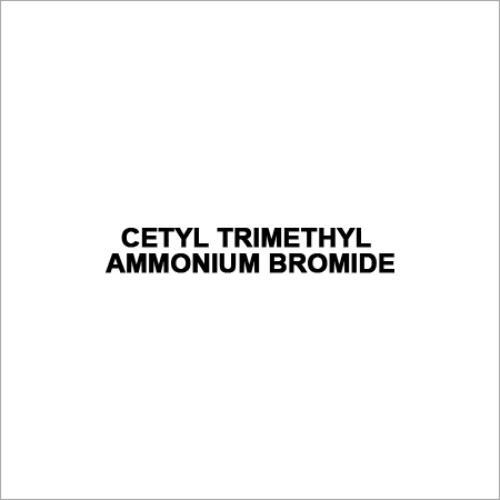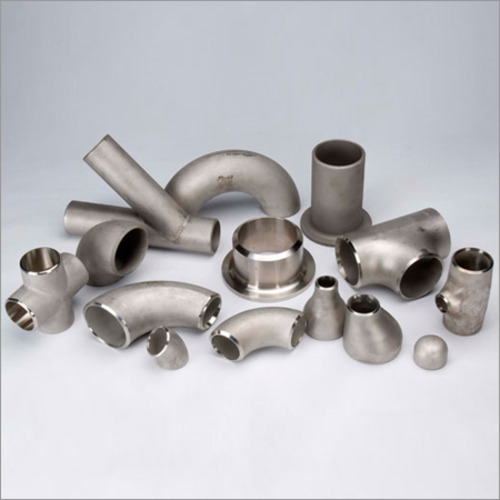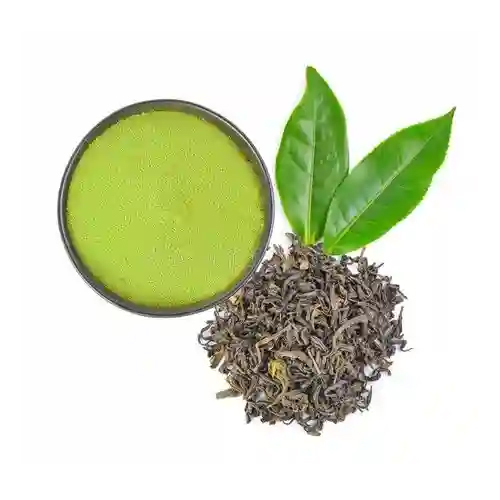Call us now : +917042363622
Cetyl Trimethyl Ammonium Bromide

X
Product Description
Cetyl Trimethyl Ammonium Bromide (CTMAB) also known as Cetrimonium bromide is a highly active quaternary ammonium surfactant that is commonly used as an antiseptic agent against bacteria and fungi. It physically appears as a white colored powder that shows high stability at room temperature but it is highly incompatible with strong oxidizing agents. It can also be used in various applications such as biological, medical, and many more.
Cetyltrimethylammonium Bromide Properties:
- Chemical formula: C19H42BrN
- Molar mass: 364.45 g/mol
- Appearance: white powder
- Melting point: 240.0 degree centigrade
- CAS Number: 57-09-0
- Synonyms: Cetrimide, CTAB
- Solubility: Soluble in water, Acetone, Ether, Benzene
Cetyl Trimethyl Ammonium Bromide Features:
- The other names by which this compound is known are CTAB, Cetyltrimethylammonium bromide and Hexadecyltrimethylammonium bromide.
- Plant DNA can be isolated using this cationic surfactant for use in PCR analysis.
- Precipitation of nucleic acid has been achieved with it.
- It can be used to discover protein molecular weights in electrophoretic systems.
- Its other application lies in determining critical micelle concentration of detergents.
Uses: Cationic detergent suitable for the isolation of high molecular weight DNA in plants and other organisms.
Frequently Asked Questions:
1. What is the function of cetyl trimethyl ammonium bromide?
Ans: It is use for forming buffer solution that enables to extract DNA. Also, it is being used for the preparation of gold nanoparticles which can be made into a number of shapes such as: spheres, rods, and bipyramids.
2. What type of detergent is cetyl trimethyl ammonium bromide?
Ans: A cationic detergent, cetyltrimethylammonium bromide (CTMAB), selectively dissociates the intermediate filament of the fibroblast.
3. What is cetyl trimethyl ammonium bromide method generally used for?
Ans: It is a surfactant useful for isolation of DNA from tissues containing high amounts of polysaccharides.
4. What are the risks of CTAB?
Ans: It causes eye burns. Inhalation can be harmful if inhaled. It causes respiratory tract irritation. Skin may be harmful if absorbed through skin.
5. Why CTAB is used in nanoparticles?
Ans: It is a common surfactant used in nanoparticles synthesis. It has a 16-carbon as a long tail and an ammonium head group with three methyl groups attached. Here, CTAB can be used for the removal of heavy metals from wastewater.
Enter Buying Requirement Details

 English
English Spanish
Spanish French
French German
German Italian
Italian Chinese (Simplified)
Chinese (Simplified) Japanese
Japanese Korean
Korean Arabic
Arabic Portuguese
Portuguese





 Send Inquiry
Send Inquiry Send SMS
Send SMS